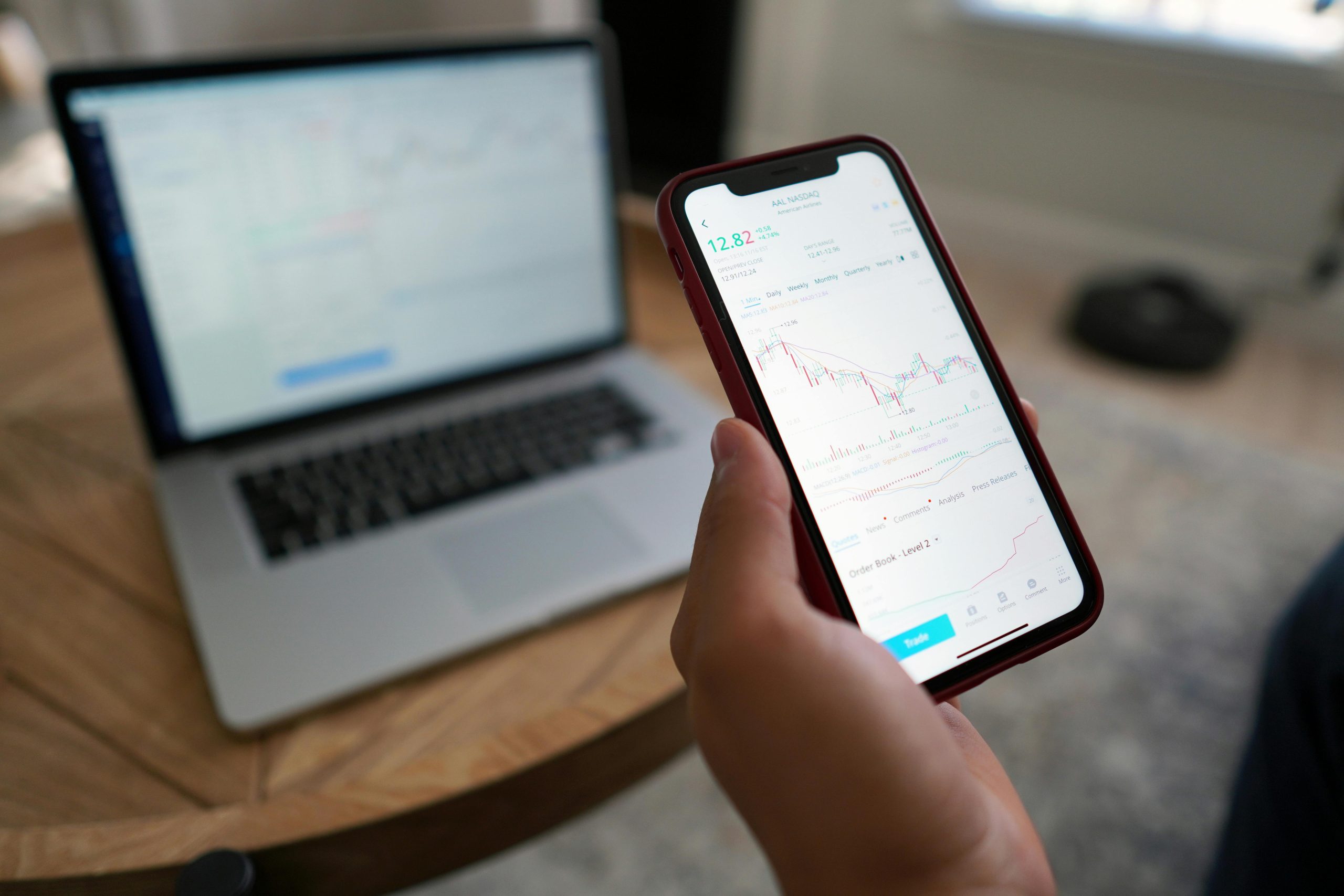A quick reality check: your home is both a place and a balance sheet
Equity is the gap between what your home could sell for today and what you still owe. It grows when values rise, when you pay down principal, and when improvements actually improve things. Used thoughtfully, equity can strengthen your finances; used casually, it can make monthly budgets feel like tight shoes.
Step 1: Take inventory before touching the toolbox
Before you pick a product, get a clear picture of where you are now.
- Today’s value: Ask us for a Comparative Market Analysis (CMA) to replace guesswork with local data.
- Your current loan: Note the rate, remaining term, and payment.
- Timeline: Are you staying put for years, or could you move within 2–3?
- Cash-flow tolerance: Can your budget handle fluctuations, or do you need a fixed, predictable payment?
- Purpose: Renovation, debt restructure, emergency reserve, investment, education—each goal points to a different tool.
Three common ways to access equity (and who they’re for)
1) Cash-Out Refinance — one new mortgage, cash at closing
You replace your current mortgage with a larger one and pocket the difference.
Good fit when:
- You want a single payment and fixed terms.
- You’re funding large, one-time projects (e.g., full kitchen + systems).
- Your current rate isn’t dramatically below today’s options.
Tradeoffs to weigh:
- You restart loan costs/term.
- If your existing rate is much lower, the new payment may climb.
Who tends to like it: Owners planning to stay put and who want “set-it-and-forget-it” predictability.
2) HELOC (Home Equity Line of Credit) — flexible, on-demand
Think of it as a revolving line tied to your home. Draw what you need during the “draw period,” repay, draw again.
Good fit when:
- You’re doing projects in phases.
- You want an emergency back-up that you only pay for if used.
- You’re comfortable with variable rates and changing payments.
Tradeoffs to weigh:
- Rates can move.
- Requires discipline—easy access can tempt overspending.
Who tends to like it: Owners who value flexibility and expect uneven expenses.
3) Home Equity Loan — fixed, second loan, lump sum
Separate from your first mortgage; you receive a one-time amount with a fixed rate and term.
Good fit when:
- You have a clear, single price tag (roof, solar, medical, tuition).
- You want predictable payments without touching your first mortgage.
Tradeoffs to weigh:
- It’s a second payment each month.
- Less flexible than a HELOC if your needs change.
Who tends to like it: Budget-first households that prefer certainty over flexibility.
Five “smart-use” filters before you borrow
Use these like traffic lights—if you get multiple reds, pause.
- Equity buffer: Lenders typically require you to keep a cushion. Beyond the rulebook, it’s simply wise not to borrow to the edge.
- Payment comfort: If the new payment would make your budget squeak, rethink or resize.
- Time horizon: The shorter you’ll keep the loan, the less sense big upfront costs make.
- Return on use: Renovations that buyers value, debt consolidation that meaningfully lowers interest and simplifies payoff, or investments with a credible plan pass this test.
- Rate reality: If your current mortgage rate is far lower than today’s, a HELOC or Home Equity Loan can preserve that first-mortgage advantage.
Where using equity often makes sense
- Value-focused renovations: Kitchens, baths, systems, energy upgrades—when they align with local buyer preferences and your timeline.
- High-interest debt cleanup: Replacing scattered high rates with a structured plan can relieve monthly pressure—if you also change the habits that built the balance.
- Safety net with rules: A modest HELOC as an emergency valve—opened rarely, repaid quickly.
- Education or career lift: When the likely long-term benefit outweighs the borrowing cost.
- Strategic investment: Only with a conservative plan and room for error.
Where it usually doesn’t
- Lifestyle splurges that lose value quickly.
- Covering ongoing bills without a realistic payoff plan.
- Borrowing to the maximum because it’s available.
The 10-minute math (no spreadsheet required)
- Define the purpose and total project or payoff amount.
- Compare tools side-by-side: cash-out vs HELOC vs home equity loan—payment, total costs, flexibility.
- Stress-test the payment: Would a small rate increase (for HELOCs) or a short income dip break the plan?
- Add “exit math”: If you sold in 1–3 years, would today’s costs still feel worth it?
- Green-light only if: you keep a cushion, payments fit easily, and the purpose improves your balance sheet or life in a durable way.
Mini decision guide
- Need flexibility and may borrow in stages? Start with a HELOC.
- Know the exact amount and want fixed payments? Consider a Home Equity Loan.
- Prefer one mortgage and fixed terms—and your current rate isn’t far lower? Evaluate a Cash-Out Refi.
- Sitting on a very low first-mortgage rate? Preserve it and compare HELOC/Home Equity Loan first.
FAQs
Will accessing equity hurt me when I sell?
It reduces how much you net. That’s fine if you used the funds to reduce other costs, add value, or meet a goal that mattered more.
Is an online estimate good enough to decide?
Useful for curiosity, not for decisions. Ask us for a CMA and a side-by-side loan comparison.
How much can I borrow?
It depends on lender guidelines, your credit, income, and how much equity you’ll retain. We’ll walk you through limits and what’s prudent.
Which option usually has the lowest rate?
First-lien mortgages (like many cash-out refis) often price lower than second-lien options, but product choice should follow your purpose, time horizon, and current first-mortgage rate.





